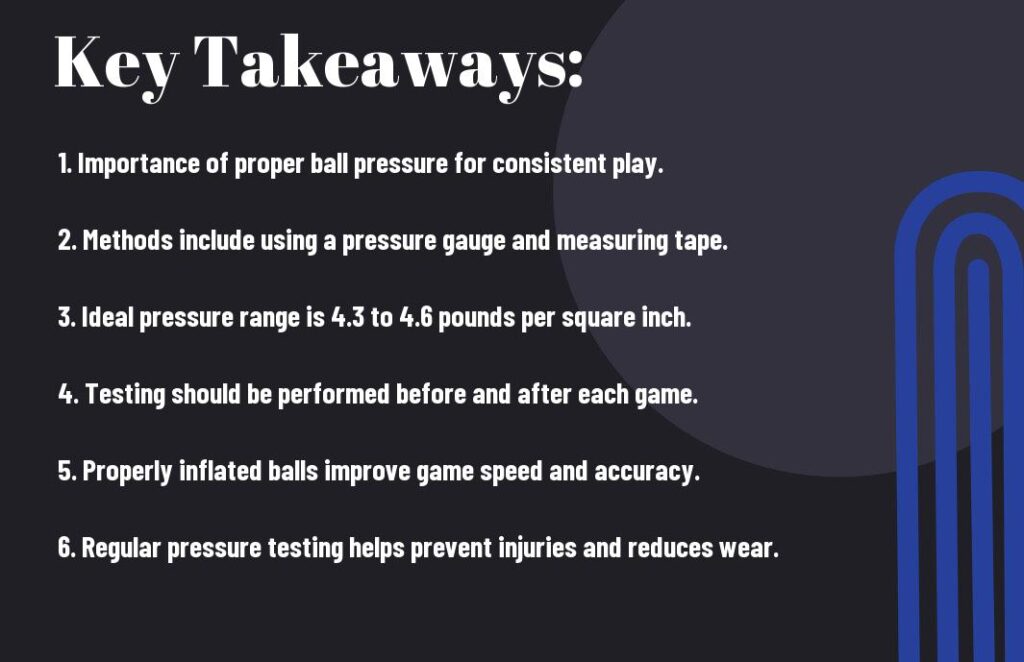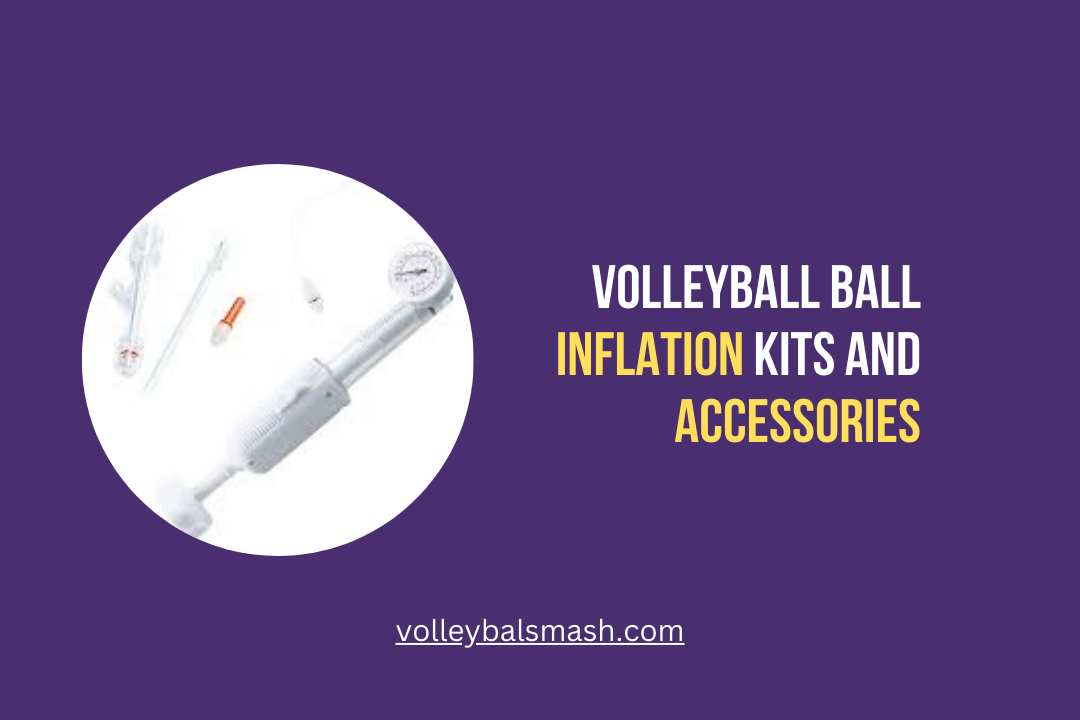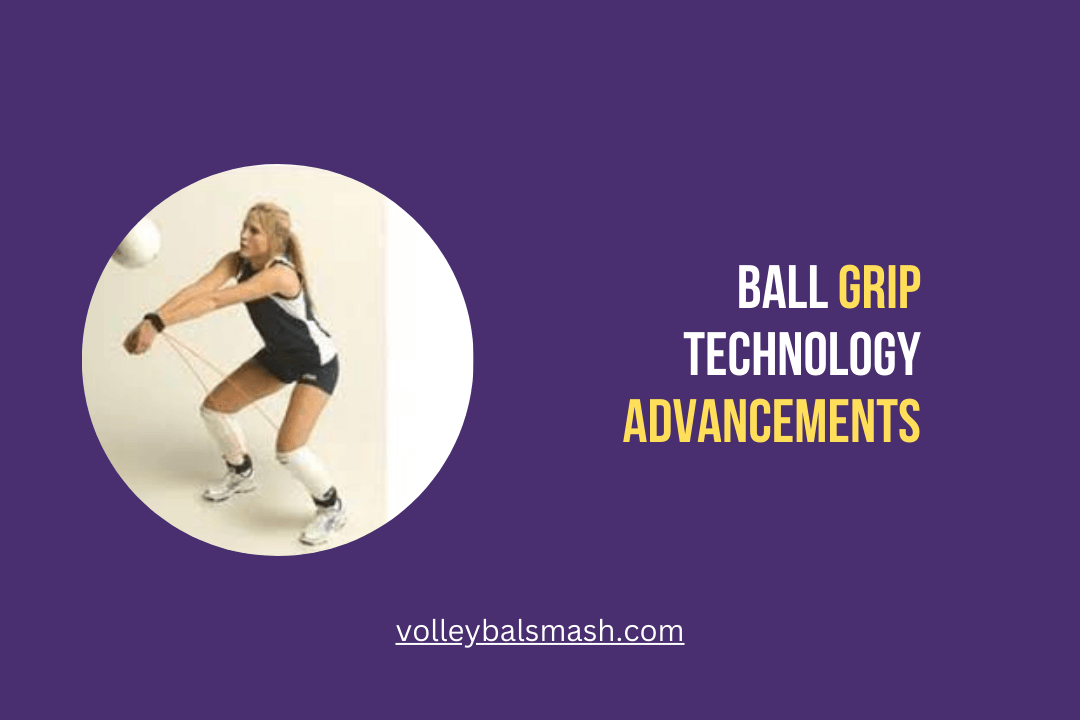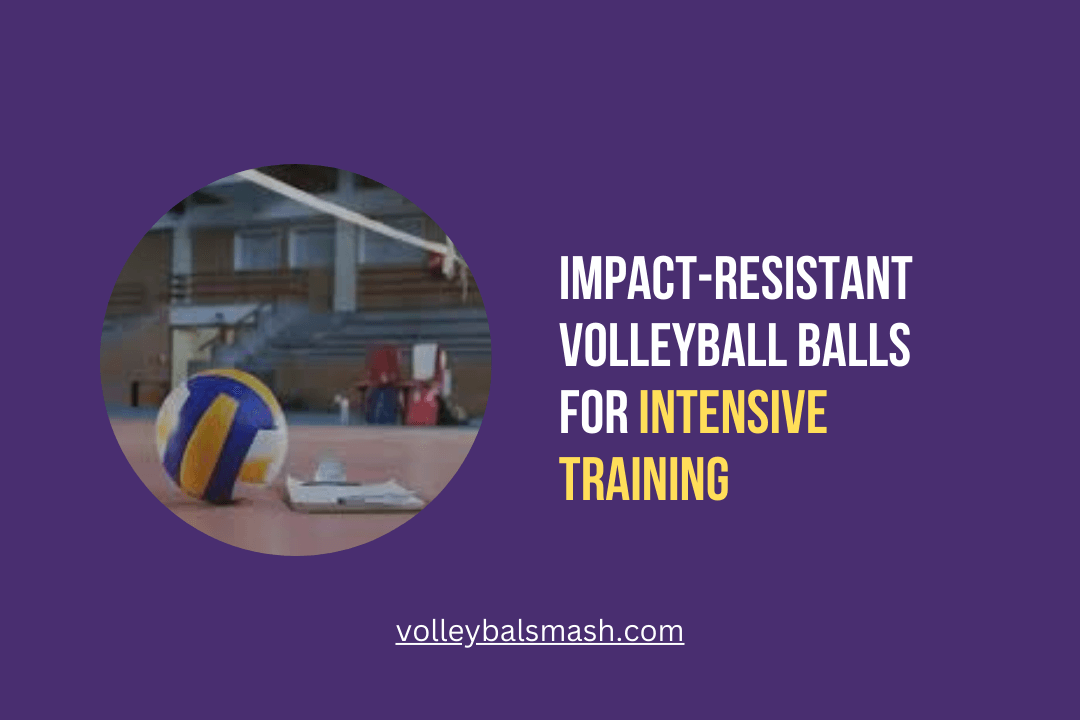Have you ever wondered how to ensure that your volleyball ball is inflated to the correct pressure for optimal performance? In this blog post, we will explore essential methods for testing the pressure of your volleyball ball, as well as the potential dangers of playing with an improperly inflated ball. We will also discuss the benefits of maintaining the correct pressure and provide you with the knowledge needed to keep your ball in top condition.

Standard Pressure Measurements
While there are no official standard pressure measurements for volleyball balls, there are general guidelines that most manufacturers and professional players follow. The typical pressure range for a volleyball ball is between 4.3 and 4.6 psi (pounds per square inch). This range is what is recommended for optimal performance and playability of the ball.
Regulation Volleyball Pressure Ranges
Regulation volleyball pressure ranges are important to maintain the integrity and fairness of the game. The standard pressure range of 4.3 to 4.6 psi is set by the governing bodies of the sport to ensure consistency in the performance of the ball. If the pressure deviates significantly from this range, it can affect the flight and behavior of the ball during play, potentially giving an unfair advantage to one team over the other.
Tools and Instruments for Pressure Measurement
When it comes to measuring the pressure of a volleyball ball, having the right tools and instruments is crucial. A pressure gauge specifically designed for measuring the pressure of sports balls is the most accurate and reliable tool for this task.
Using a device that is not designed for this purpose can lead to inaccurate readings and potentially overinflating or underinflating the ball, which can impact its performance and durability. It is important to regularly calibrate your pressure gauge to ensure accurate measurements.
volleyball ball sizes and age groups
Laboratory Testing Techniques
Clearly, laboratory testing is essential for ensuring the quality and performance of volleyball balls. In the lab, various testing methods are used to assess important characteristics such as pressure, compression, and thermal effects on the balls. These techniques help in understanding the durability, consistency, and safety of the volleyball balls. For further details, you can refer to the Development of Screening Test Battery for Volleyball Players.
The Compression Test
The compression test is a crucial method used to measure the firmness of a volleyball ball. During this test, the ball is compressed under controlled conditions, and the force required to compress the ball to a specific percentage of its original size is measured.
This test reveals the resilience and durability of the ball, helping manufacturers determine its suitability for game use. It is important to note that a volleyball ball with inadequate compression can lead to inconsistencies in play and potential injury hazards. Therefore, ensuring the appropriate compression is crucial for your safety and optimal game performance.
Thermal Effects on Volleyball Pressure
Thermal effects on volleyball pressure are also thoroughly examined in laboratory testing. Changes in temperature can significantly impact the internal pressure of the ball, affecting its response and performance on the court. High temperatures can cause the air inside the ball to expand, leading to overinflation and potential bursting,
while low temperatures can cause deflation and impact the ball’s bounce and flight. It is important to be aware of these effects as they can directly affect your game. Therefore, understanding the thermal characteristics of the volleyball ball is vital for maintaining consistent play and ensuring safety during the game.
Field Testing Procedures
Despite the advancements in technology, field testing for volleyball ball pressure is still an essential part of ensuring the accuracy and reliability of the ball. Proper testing procedures can help you maintain consistent game play and prevent injuries caused by over or under-inflated balls. There are various methods for field testing, each with its own advantages and limitations.
Manual Gauge Testing
Manual gauge testing involves using a handheld pressure gauge to measure the air pressure inside the volleyball ball. This method is simple and cost-effective, making it accessible to most volleyball players and coaches. To perform this test, you simply insert the needle of the gauge into the valve of the ball and take a reading. However, manual gauge testing can be less accurate than other methods, and it requires a steady hand and a keen eye to get reliable results.
Digital Gauge Testing
Digital gauge testing offers a more precise and efficient way to measure volleyball ball pressure. These electronic devices provide accurate readings with minimal margin for error, making them a valuable tool for professional teams and serious players. With a digital gauge, you can quickly and easily check the pressure of multiple balls, ensuring that they are all at the optimal level for play. However, digital gauges can be more expensive than manual ones and may require regular calibration to maintain accuracy.
In conclusion, properly testing the pressure of your volleyball ball is crucial for maintaining fair and safe game play. Whether you opt for manual or digital gauge testing, it’s essential to regularly check and adjust the pressure of your balls to ensure they meet the standards set by the sport’s governing bodies. Remember, a properly inflated volleyball will offer better control, accuracy, and performance, reducing the risk of injury and enhancing your overall playing experience.
volleyball ball for different surfaces
Advanced Diagnostic Methods
However, sometimes standard pressure testing methods may not provide enough information about the state of the volleyball ball. In such cases, advanced diagnostic methods are used to provide more detailed insights into the ball’s characteristics.
- Automated Testing Systems Automated testing systems are highly efficient tools used to measure the pressure and other characteristics of a volleyball ball. These systems are equipped with sensors and software that can provide precise measurements and analysis of the ball’s pressure, density, and other important factors. The data collected by automated testing systems can help you identify any potential weaknesses or defects in the ball, allowing for early intervention and maintenance.
- Acoustic Resonance Testing Acoustic resonance testing is a method that uses sound waves to measure the internal characteristics of a volleyball ball. By analyzing the way the ball responds to specific frequencies of sound, you can gain valuable insights into its structural integrity and performance potential. This non-destructive testing method can help you identify any hidden defects or weaknesses in the ball that may not be apparent through visual inspection alone.
Comparing Testing Methodologies
After determining the importance of testing the pressure of a volleyball ball, the next step is to compare the various testing methodologies available to ensure you are using the most accurate and effective method. One common method is using a pressure gauge to measure the internal pressure of the ball. Another method is the thumb test, where you press your thumb into the ball to gauge its firmness. You can also use a pressure sensor device to obtain precise pressure measurements. Each method has its pros and cons, and it’s important to understand the differences in order to choose the best approach for your needs.
When comparing testing methodologies, it’s essential to consider factors such as accuracy, precision, and practicality. For more in-depth information on how to determine the appropriate ball pressure, you may want to refer to resources such as How to Ref Volleyball.
Accuracy and Precision Analysis
Accuracy refers to how close a measurement is to the true value, while precision refers to the consistency of repeated measurements. When it comes to testing volleyball ball pressure, it’s crucial to choose a method that provides both high accuracy and precision.
A pressure gauge may offer accurate readings, but it may lack precision in comparison to a pressure sensor device. Consider the level of accuracy and precision required for your specific needs before choosing a testing methodology.
Practical Considerations for Coaches and Athletes
Aside from accuracy and precision, practical considerations also play a significant role in choosing a testing methodology. As a coach or athlete, you need a method that is convenient, easy to use, and provides quick results. The thumb test, for example, is a simple and straightforward way to gauge the ball’s firmness, but it may not offer the level of accuracy and precision required for official matches. You may need to strike a balance between practicality and precision when choosing a testing methodology for regular use.
ball seams and their importance
Conclusion
On the whole, understanding the different volleyball ball pressure testing methods is crucial in ensuring that you are using a ball that complies with the regulations and provides the optimal performance. Whether you are using the pressure gauge method, visual inspection, or the drop test, it is important to regularly check the pressure of your volleyball ball to maintain its quality and performance. By familiarizing yourself with these testing methods, you can ensure that you are playing with a ball that is safe, consistent, and suitable for the game.
FAQ
What are the different volleyball ball pressure testing methods?
There are two primary methods for testing volleyball ball pressure: the thumb test and the pressure gauge test. The thumb test involves pressing your thumb firmly into the ball to feel the level of pressure, while the pressure gauge test uses a specialized tool to measure the exact pounds per square inch (PSI) of pressure within the ball.
How do I use the thumb test to check volleyball ball pressure?
To use the thumb test, simply press your thumb into the volleyball ball with moderate force. If the ball feels too firm and doesn’t give much under pressure, it may be overinflated. If the ball feels too soft and gives too much under pressure, it may be underinflated. The ideal pressure should allow your thumb to indent the surface of the ball slightly, but not too easily.
Is the pressure gauge test more accurate than the thumb test?
Yes, the pressure gauge test is considered to be the most accurate method for measuring volleyball ball pressure. Using a pressure gauge, you can obtain an exact PSI measurement, ensuring that the ball is inflated to the correct level. This is particularly important for competitive play, as volleyball balls must meet specific pressure requirements to ensure fair and consistent performance.











